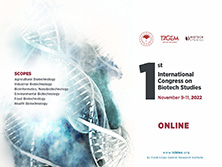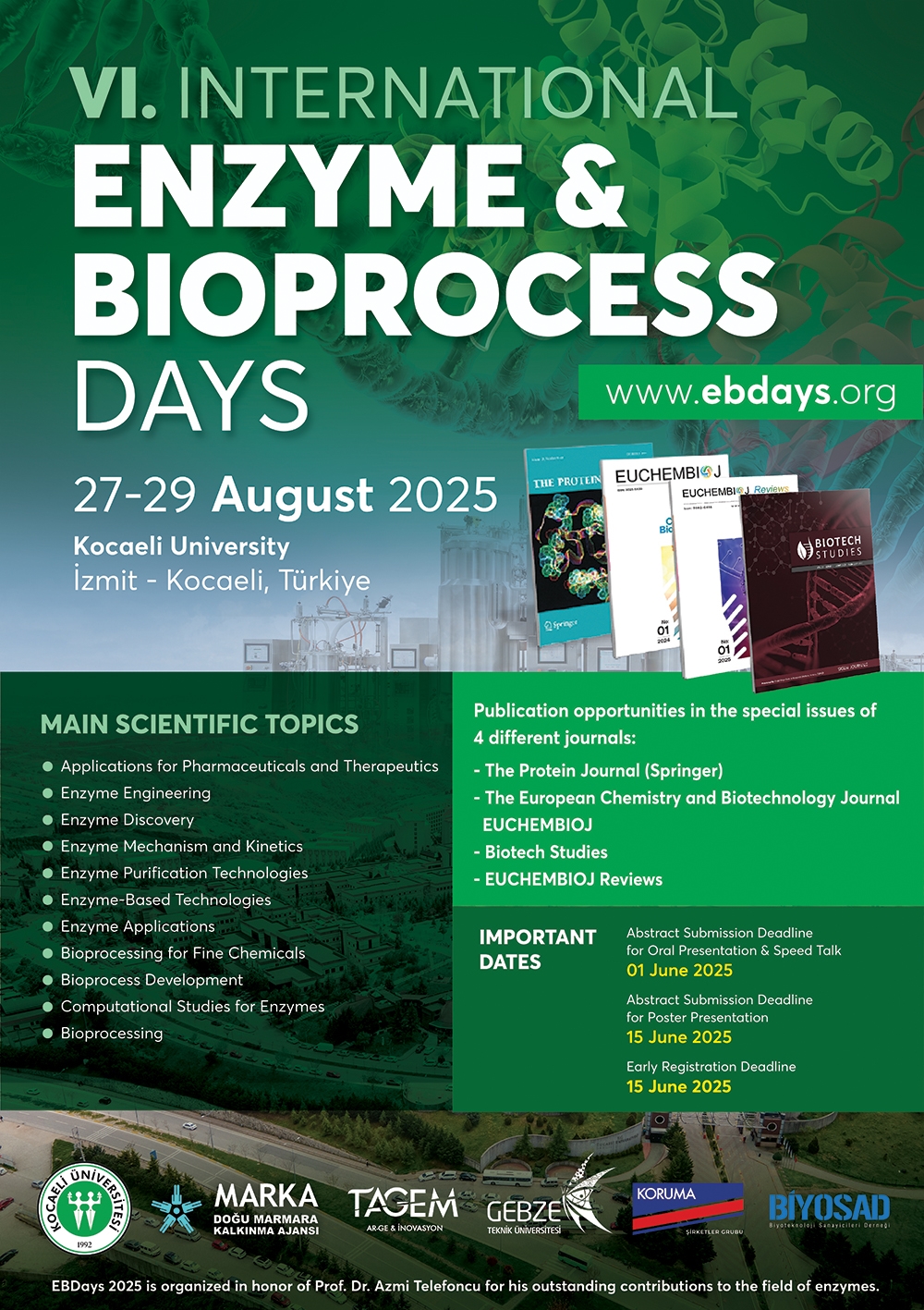Biotech Studies
2017, Vol 26, Num, 3 (Pages: 092-098)
Relations Between Some Physicochemical Properties of Pea Genotypes (Pisum sativum L.)
2 Ondokuz Mayıs Üniversitesi Ziraat Fakültesi Tarla Bitkileri Bölümü, Samsun DOI : 10.21566/tarbitderg.359333 - The purpose of this study is to identify some physicochemical properties of the pea and the relationships among them; thus contributing to their use in the work to improve the variety. In the study, 48 pea genotypes were used as material. Twenty physicochemical properties were determined in seeds grown in the same year. Cooking time and protein ratio which are the most important characteristics for the consumer of legumes as food. Their dry grains were selected as dependent variable and relations between other characteristics were determined by correlation and path analysis. It was determined that there was a positive correlation between cooking time and water intake and swelling capacity, dry matter ratio in cooking water, seed height, protein ratio in seed, tryptophan and P amount, ash rate (P<0.01); weight of 100 grains, amylose ratio and Ca amount in seed (P<0.05). It was determined that there was a negative correlation between cooking time and degree of granulation after cooking and starch ratio in seed (P<0.01). As a result of the path analysis, it was determined that the highest direct effect to the cooking time was dry matter ratio in cooking water (48.26%) and water uptake capacity (39.94%). Pea is an important protein rich plant and positive correlations among protein ratio and cooking time, tryptophan, phosphorus, magnesium (P<0.01), zinc amount (P<0.05) in seed were determined. Also negative correlations between protein ratio and starch ratio in seed, degree of granulation after cooking (P<0.01) and the amylose ratio (P<0.05) were found. As a result of the path analysis, it was determined that the highest direct effect to the protein ratio was tryptophan with 46.53%. Keywords : Pea, physicochemical correlation, path, cooking time, protein
















